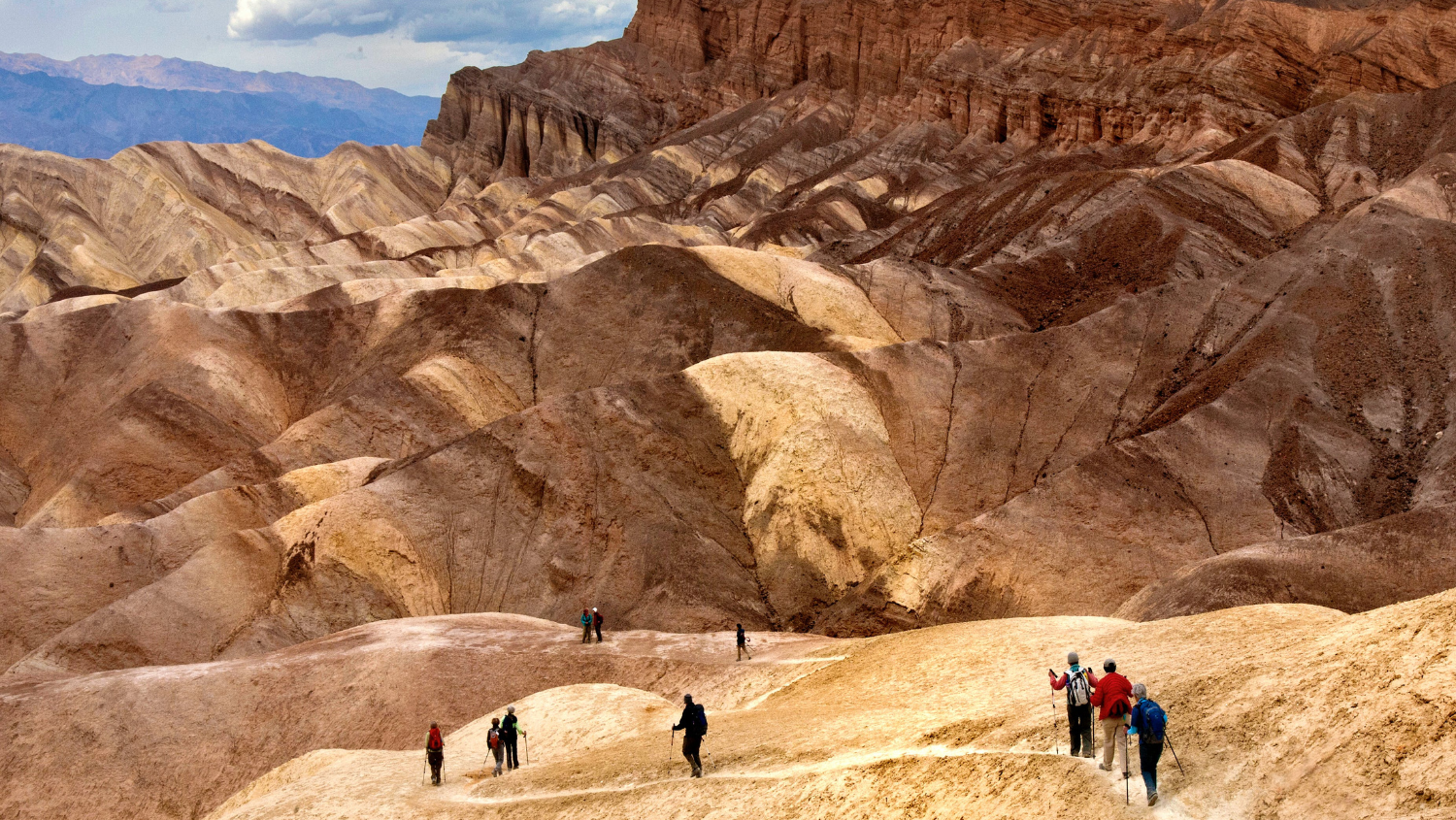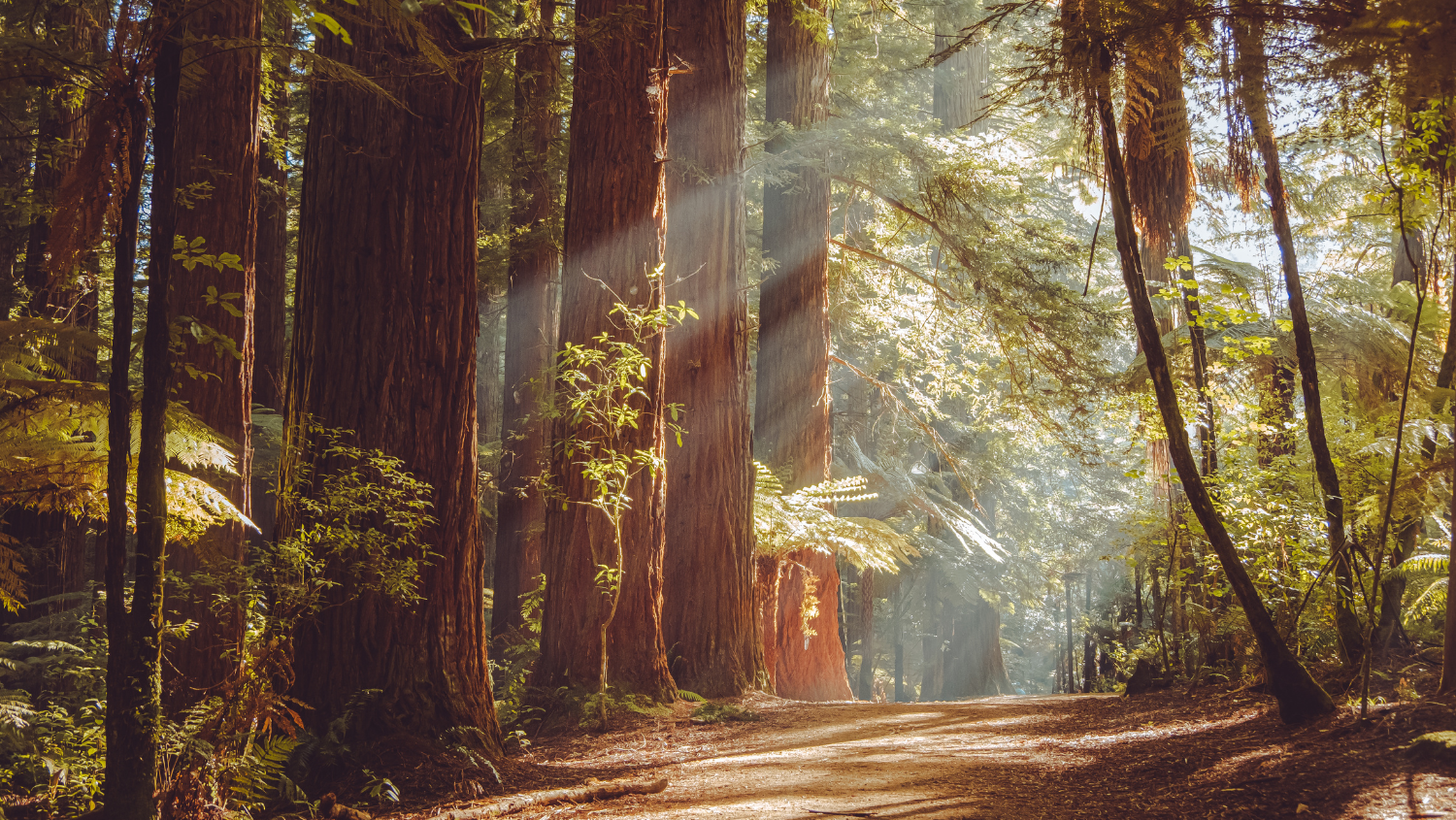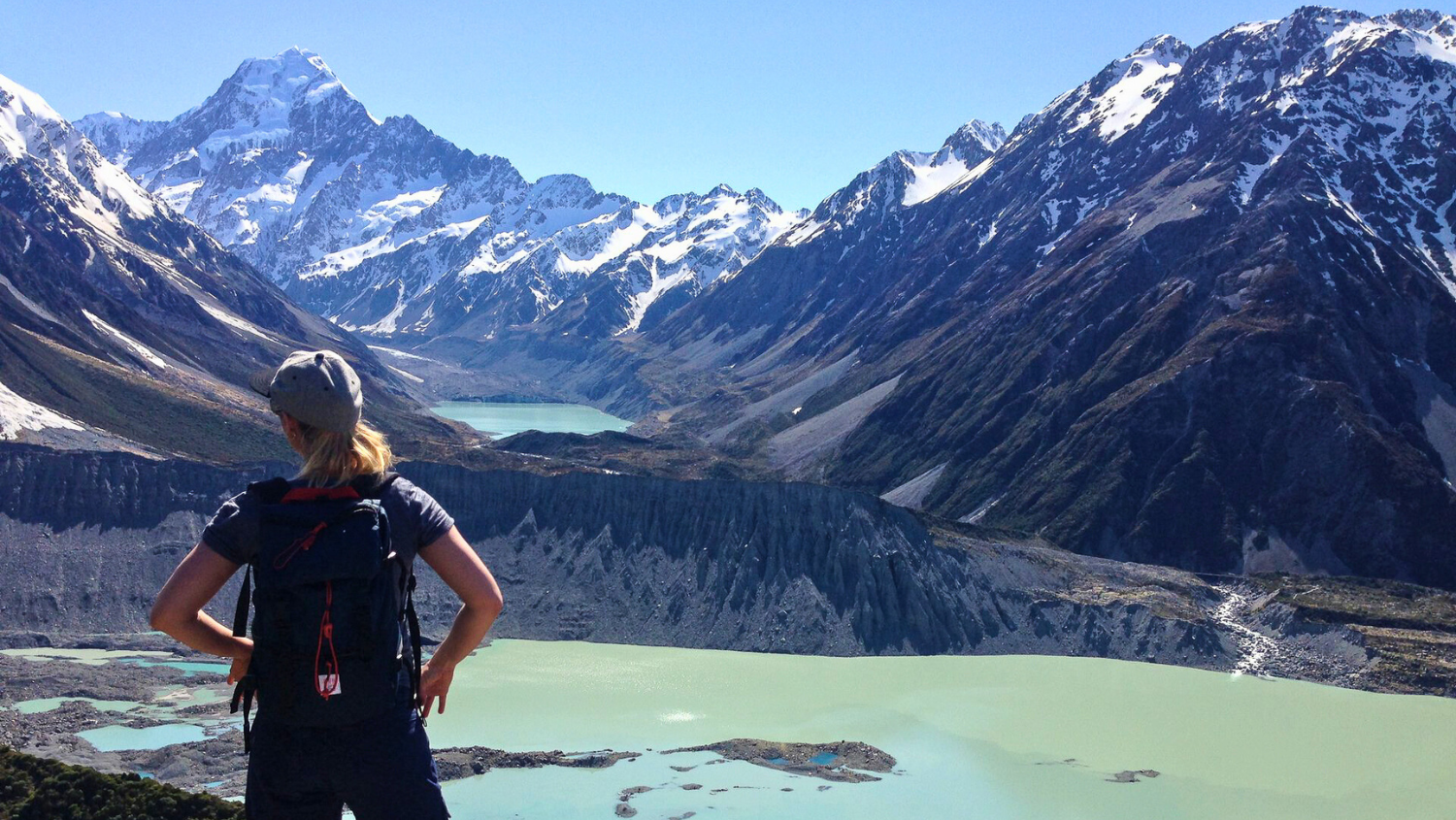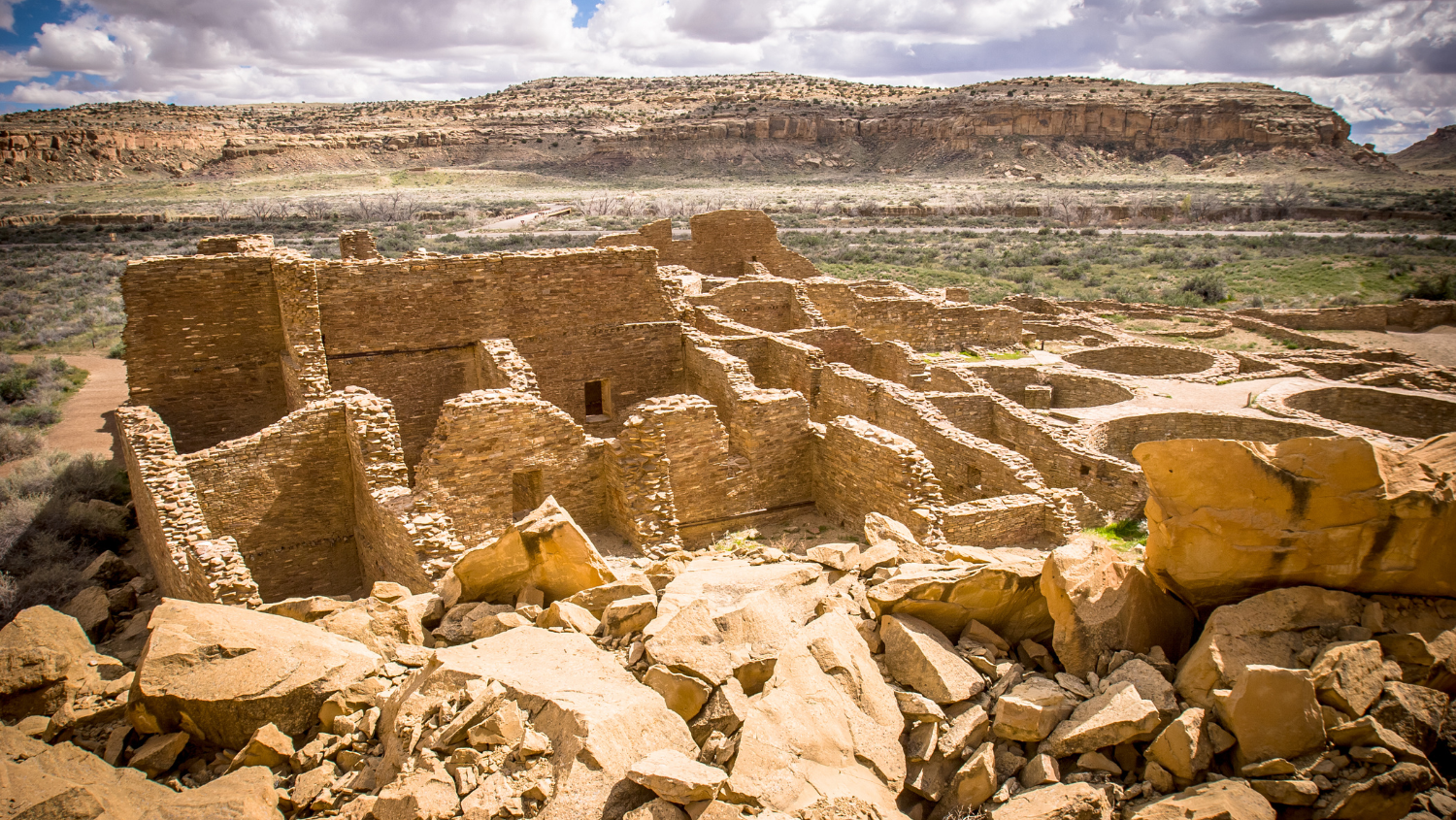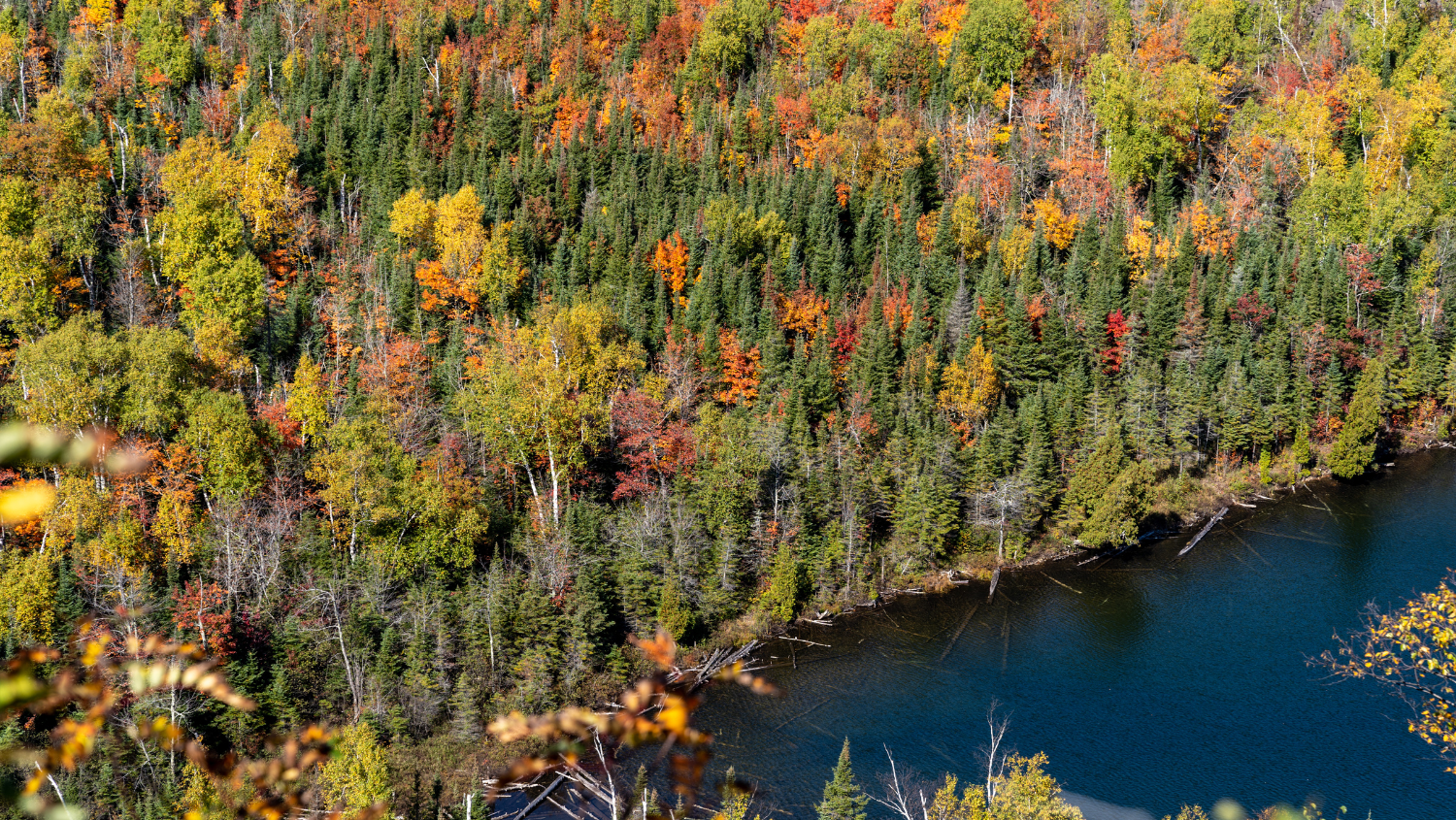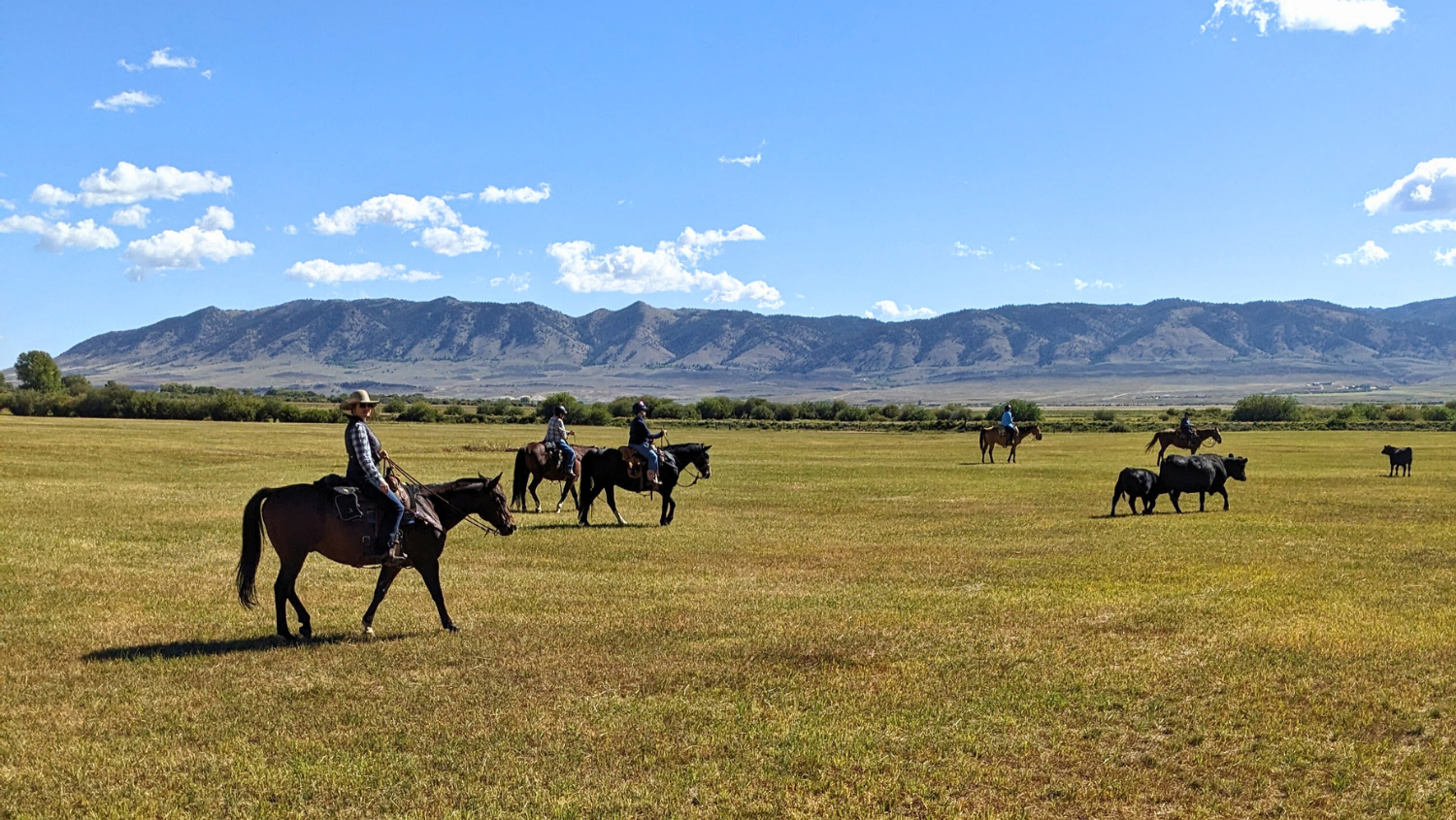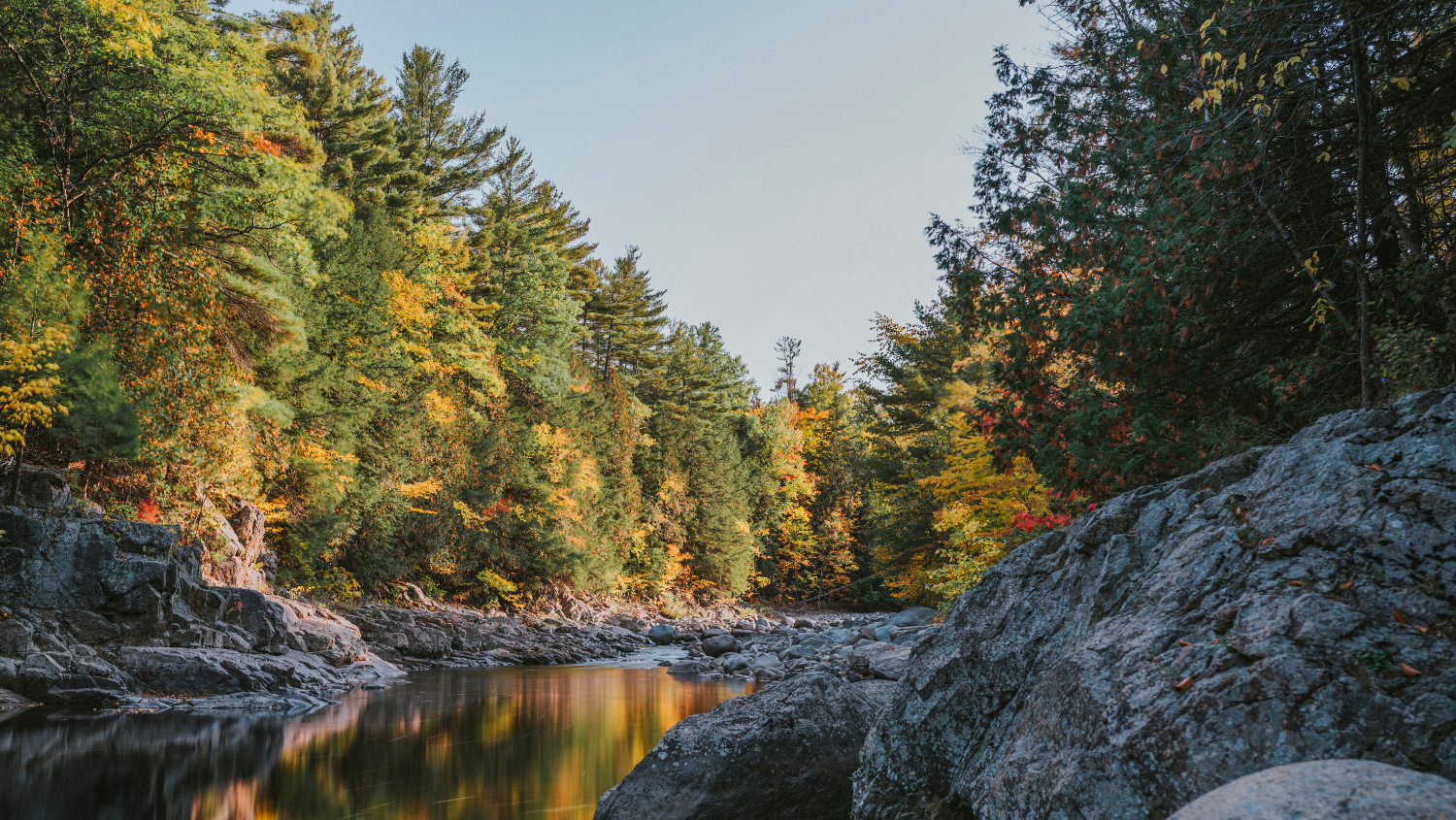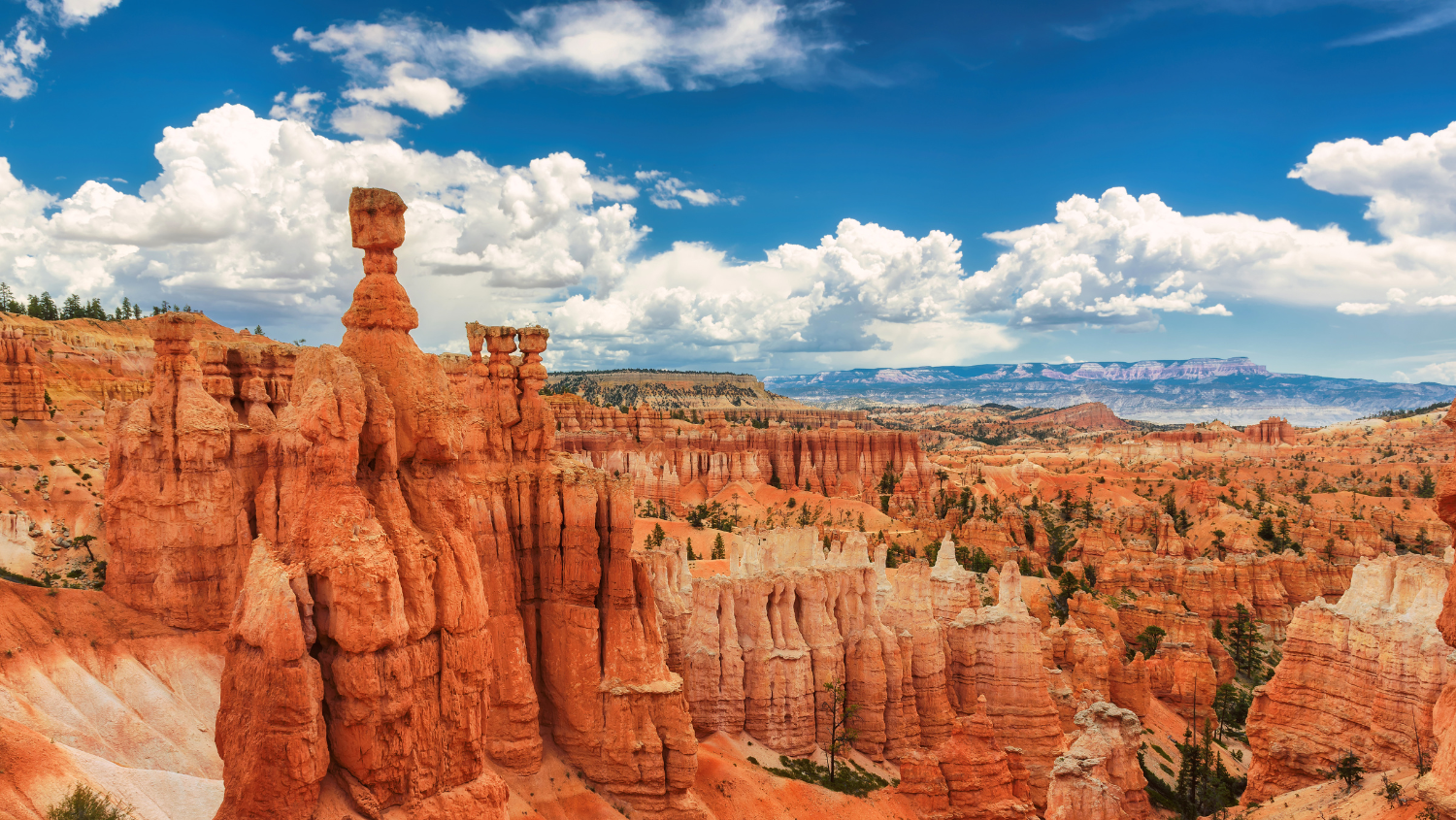Featured Trips
As Seen In...
FIND YOUR NEXT
good adventure
No matter the destination, the best
way to travel is in Good Company
Founded in 1999, our small group, guided adventures encourage women to connect with their adventurous selves, each other, and the natural world. We handle all the details, providing seamless planning and stress-free travel.
With a year-round lineup and itineraries spanning the globe, the hardest part will be deciding where to go!

At Adventures in Good Company®, it’s not about how fast you hike or how many passport stamps you’ve collected—it’s about embracing new challenges with the support of a like-minded community.
Whether hiking, paddling, horseback riding, or exploring cultural treasures, your next adventure is waiting for you!

Why Choose AGC

TRUST

BELONGING

CONNECTION

QUALITY
What Travelers Are Saying

Great mix of hiking in the scenic Irish countryside and exploring cultural/historic sites--we p...
Jane G.

The location of the Casa Cayuco lodge was superb. The setting was pristine and beautiful, the...
Barbara B.
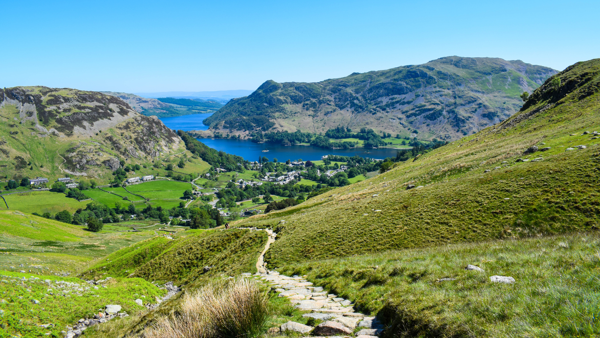
Each day of hiking was challenging and well paced with wonderful views. I loved seeing all the...
Mary K.

Annabelle (Portuguese guide) and Andre (AGC guide) were wonderful! We learned tips for more ef...
Lois H.

This was one of the best trips I have ever been on. The hikes, the lodges, the guides, the food...
Janine L.
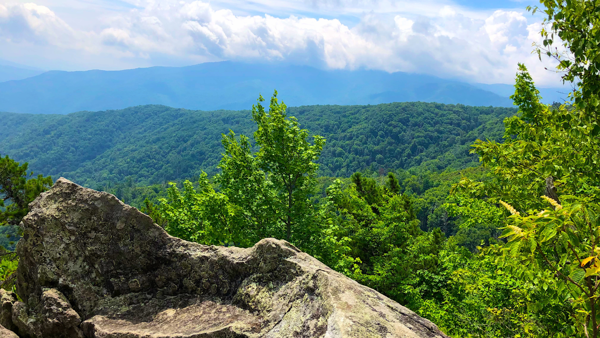
Seeing so many different wildflowers and hiking many beautiful trails in the Smoky Mountains wa...
Kaitlin L.

St John is absolutely stunning. The trip was the perfect blend of nature, adventure and island...
Debbie O.
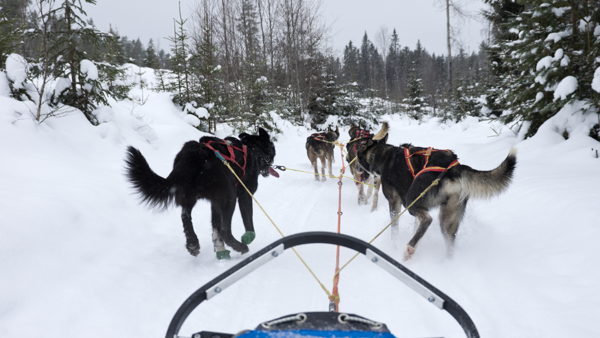
The anticipation of learning how to drive a team of dogs on a sled was a childhood dream and I...
Joann K.

The desert hiking was wonderful, and the guides were terrific. A memorable experience altogethe...
Catherine R.

Exploring Costa Rica with all the women on the trip, getting to know them, their stories, suppo...
Carol A.
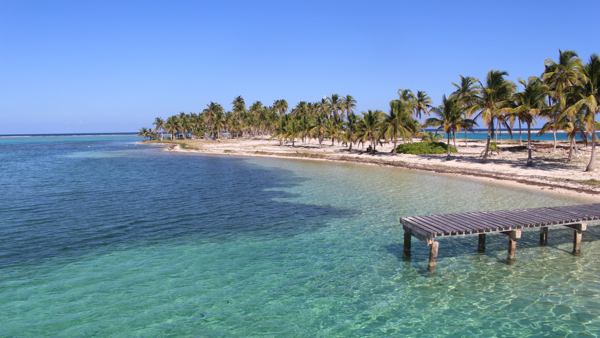
I was able to disconnect from work, hang out in beautiful locations, see amazing wildlife, and...
Sarah L.

Great mix of hiking in the scenic Irish countryside and exploring cultural/historic sites--we p...
Jane G.

The location of the Casa Cayuco lodge was superb. The setting was pristine and beautiful, the...
Barbara B.

Each day of hiking was challenging and well paced with wonderful views. I loved seeing all the...
Mary K.

Annabelle (Portuguese guide) and Andre (AGC guide) were wonderful! We learned tips for more ef...
Lois H.

This was one of the best trips I have ever been on. The hikes, the lodges, the guides, the food...
Janine L.

Seeing so many different wildflowers and hiking many beautiful trails in the Smoky Mountains wa...
Kaitlin L.

St John is absolutely stunning. The trip was the perfect blend of nature, adventure and island...
Debbie O.

The anticipation of learning how to drive a team of dogs on a sled was a childhood dream and I...
Joann K.

The desert hiking was wonderful, and the guides were terrific. A memorable experience altogethe...
Catherine R.

Exploring Costa Rica with all the women on the trip, getting to know them, their stories, suppo...
Carol A.

I was able to disconnect from work, hang out in beautiful locations, see amazing wildlife, and...
Sarah L.

Great mix of hiking in the scenic Irish countryside and exploring cultural/historic sites--we p...
Jane G.

The location of the Casa Cayuco lodge was superb. The setting was pristine and beautiful, the...
Barbara B.

Each day of hiking was challenging and well paced with wonderful views. I loved seeing all the...
Mary K.
Check Out Adventures Departing Soon!
Choose Your Style
The Adventure Blog
Subscribe to our newsletter
& get the latest news
v2.5.111
Notice on Cancellation Policy
Booking Confirmation
Logged In Notification
You are logged in as
Submission Confirmation
Notice on ACH Payments
If you would like to retain the 3% check discount, please send a paper check to: Adventures in Good Company, 409 Mason Ct., Suite 127, Fort Collins, CO 80524. This check should be sent in time to arrive in Fort Collins by the payment in full deadline.
If you would like to pay the balance by credit card, please contact the office by phone or by email to have the check discount option removed.
Thank you!








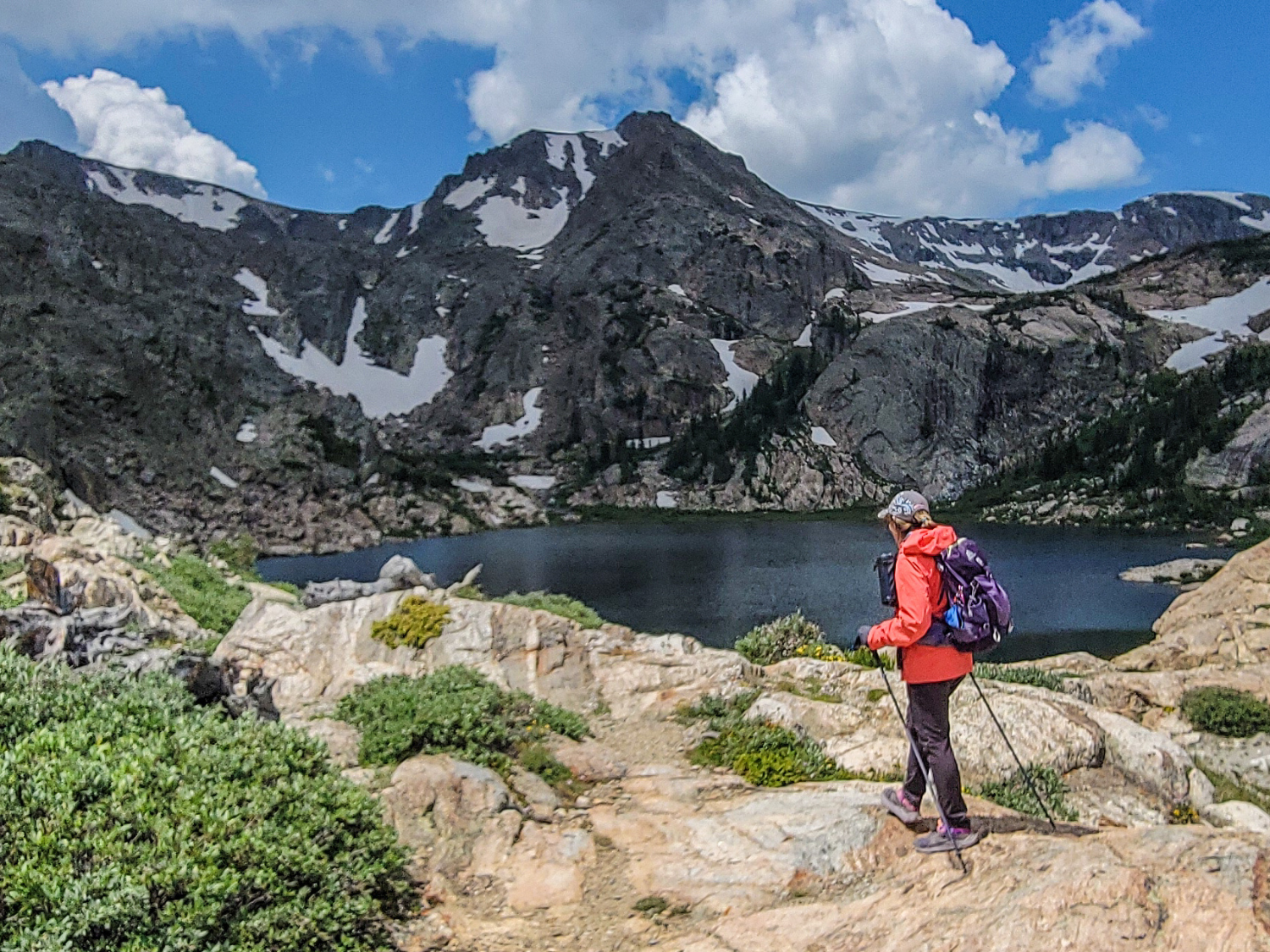








 Sydney, Tasmania
Sydney, Tasmania

